What cosmetics with synbiotics, prebiotics and probiotics should I use?

Probiotics, prebiotics and synbiotics - how do they take care of the microbiome?
From birth, our skin is inhabited by millions of good microorganisms, including bacteria, fungi and yeast. They support the immune system and protect against harmful environmental influences. They are like an invisible shield that prevents harmful microorganisms and allergens from penetrating deep into the body. We call this huge group of beneficial microorganisms that inhabit our epidermis (as well as the interior of the body) the microbiome.
If the bacterial flora is disturbed or destroyed, many unpleasant ailments can appear. In a disturbed microbiome environment, harmful microbes, including those living on the epidermis, multiply faster, causing:
- acne and imperfections,
- atopic dermatitis,
- abnormal reaction of skin tissue,
- excessive sensitivity to external factors,
- dehydration of the skin.
Therefore, it is very important to maintain the balance of the bacterial flora in your daily epidermal care. Probiotics, prebiotics, synbiotics, and postbiotics help maintain a balance between good and bad microbes. They support the microbiome present in the body, maintain the skin's hydrolipidic balance (proper hydration), and help maintain an intact protective barrier.
Probiotics in cosmetics - what are they and how do they affect the skin?
Probiotics are strains of good bacteria that:
- stimulates the restoration of the hydrolipidic mantle and the natural protective barrier of the skin,
- help maintain the balance of bacterial flora,
- help maintain the necessary pH balance,
- activate the microbiome on the surface of the epidermis to make it an impenetrable shield against pathogenic microorganisms.
As a result, they prevent skin imperfections and diseases such as rosacea, atopic dermatitis and symptoms such as acne, eczema or excessive dryness. They also protect against premature aging. They add elasticity and smoothness.
Probiotics are also useful as a compress to soothe skin after sunbathing or irritation and redness. They relieve discomfort and improve the absorption of vitamins and minerals. Certain strains of bacteria can also protect the skin from UV rays, break down sebum and sweat particles, and help maintain proper skin pH.
Prebiotics in cosmetics - what are they and how do they affect the skin?
All germs need something to eat. The probiotic bacteria that make up the microbiome are no exception. Prebiotics are such food for the good bacterial flora that inhabit the skin. These are nutrients: bacteria and elements of edible plant parts crushed into small particles (most often they are obtained from asparagus, beans, chicory and artichokes) and lactose.They supplement all the needs of the bacterial flora, activating its work and maintaining balance. As a result, the skin receives protection from the external environment, it is easier to maintain an optimal level of hydration and health.
Synbiotics and postbiotics in cosmetics - what are they and how do they affect the skin?
Some cosmetics contain a complex of probiotics and prebiotics combined with each other, which the researchers call a synbiotic. It has been found that a mixture of beneficial microorganisms with food has an extremely effective effect on the skin area. The complex of probiotics and prebiotics, complementing its action, strengthens the natural protective layer of the skin (microbiome), maintains the correct level of hydration and the correct pH level from 4.7 to 5.5 (depending on the type of epidermis). As part of synbiotics, probiotics stimulate the activity of the bacterial flora of the skin, and prebiotics are the basis for their growth.
It turned out that probiotics produce certain substances that are also beneficial for the health of skin tissues. They have been called postbiotics, claiming that they contribute significantly to the positive effects of probiotic bacteria.
The most famous postbiotic is butyric acid. This is a substance that has a beneficial effect on the functioning of the intestines. It has antioxidant, anti-cancer and anti-inflammatory properties. It is not yet known about its direct effect on the epidermis.
What cosmetics with synbiotics, prebiotics and probiotics should I use?
Currently, probiotics are most commonly used in cosmetics, but more and more formulas are also enriched with synbiotics (that is, a combination of a probiotic and a prebiotic).
It is not for nothing that synbiotics appear in the composition of care products. Their great strength and effects on skin health have been appreciated. Cosmetics, rich in probiotics and prebiotics, are involved in the development and balance of the microbio Let's try to choose products that, in addition to bacterial strains, contain natural active substances with a proven effect. The complex of ingredients together with probiotics, prebiotics or synbiotics will help you to consciously care for your skin. The choice of such cosmetics is the key to obtaining healthy skin that is resistant to the appearance of irritations, defects and diseases - all thanks to the balance of its bacterial flora and hydrolipid coating.
Ingredients that can disrupt the skin microbiome and its protective barrier should also be avoided in skin care products, including:
- silicones,
- artificial colors,
- parabens,
- strong detergents such as SLS or SLES.
Probiotic Products:
d'Alba White Truffle Mist Serum. The serum contains white truffle extract, probiotics and niacinamide.Benton Fermentation Mask Pack with fermented ingredients and peptides.
Manyo Bifida Biome Ampoule Toner, also contains panthenol and ceramides, providing the epidermis with regenerative capabilities and increasing resistance to external factors.
Manyo Bifida Biome Ampoule Mask with probiotics.
ISNTREE TW-Real Bifida Ampoule - 50 ml
- -10%
- -10%

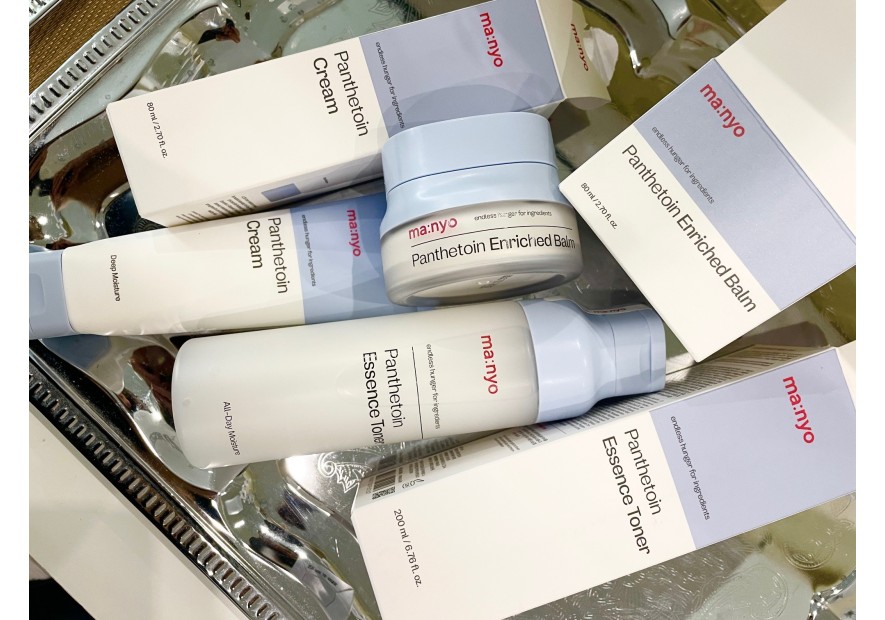
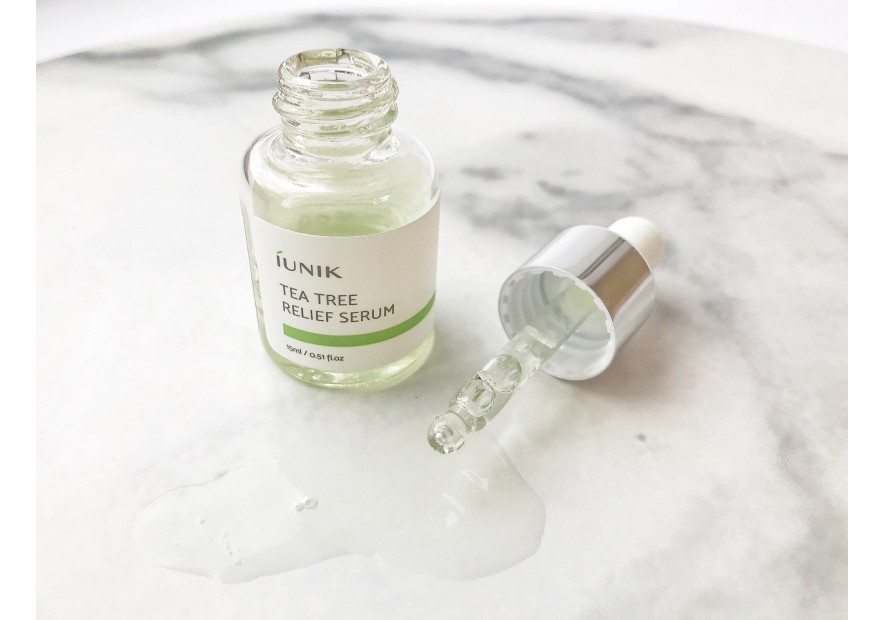
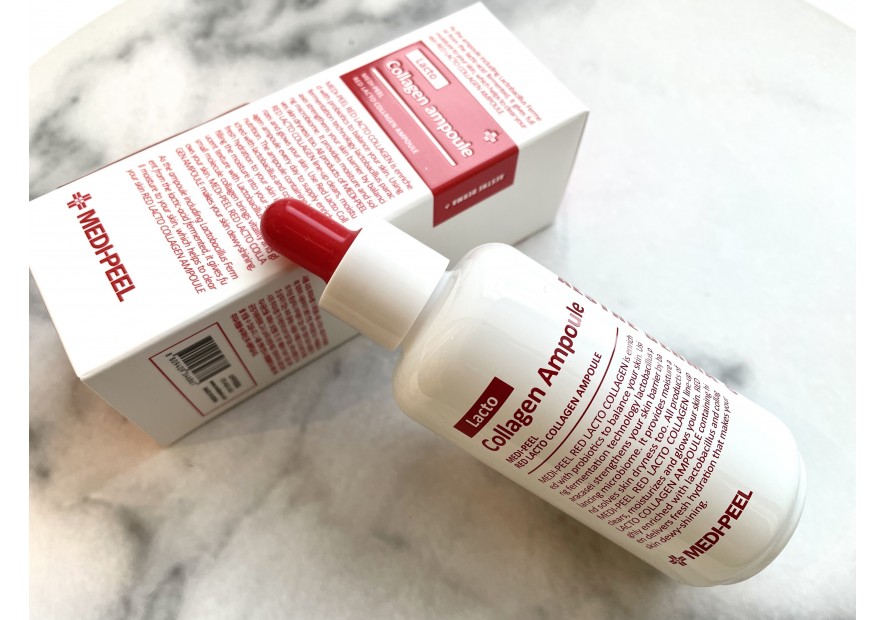

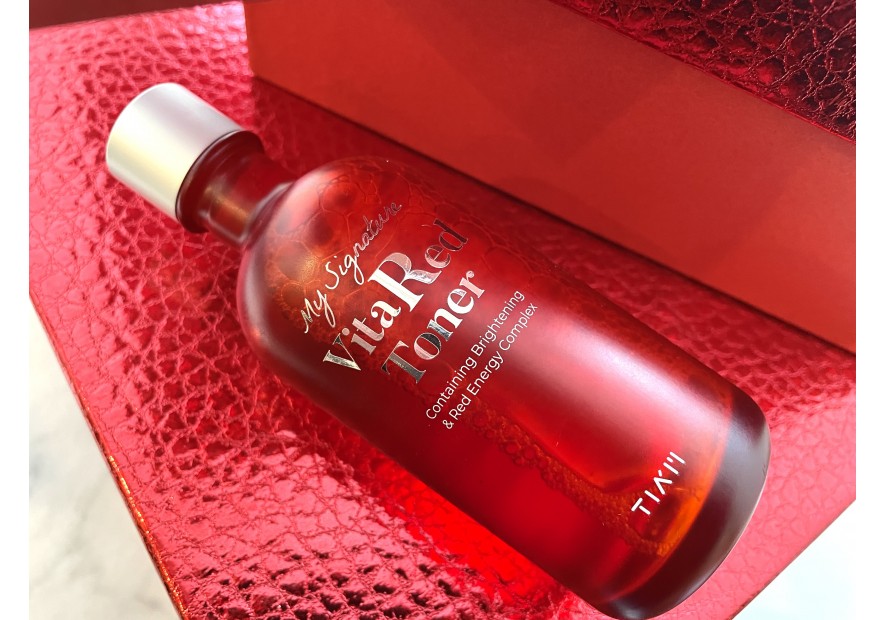

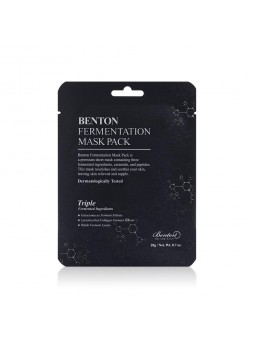
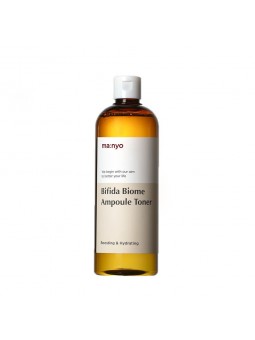
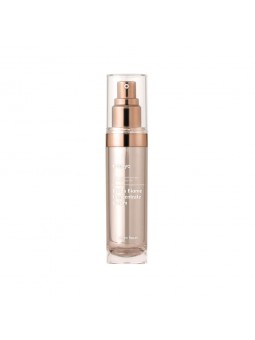
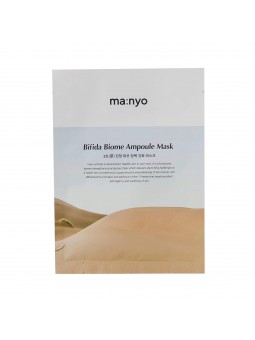
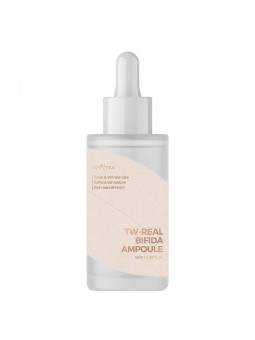
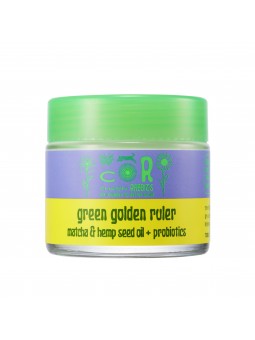
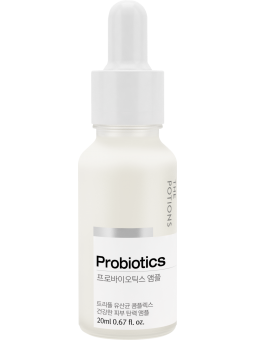
Leave a comment